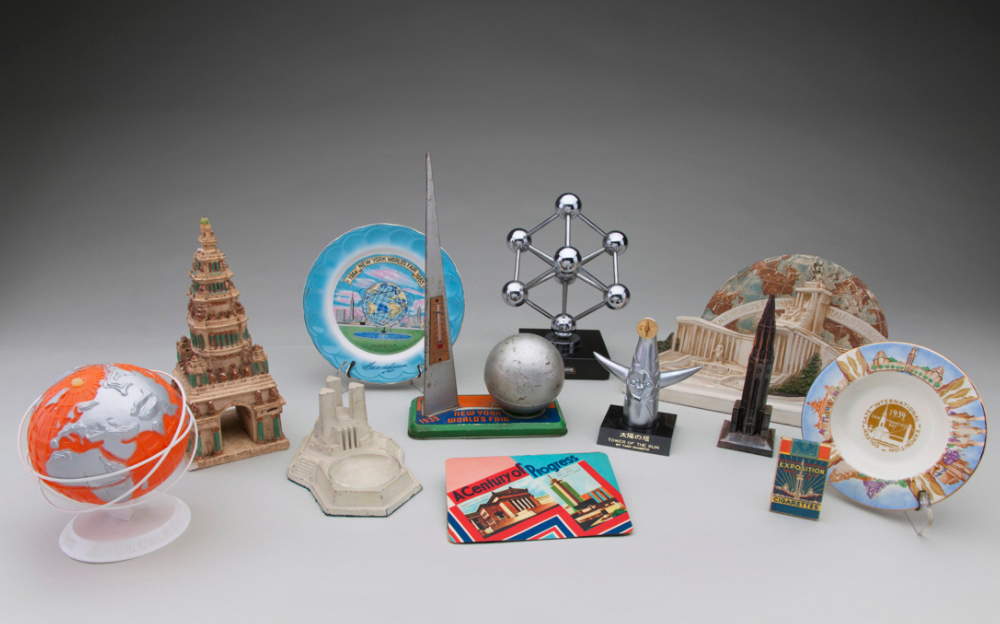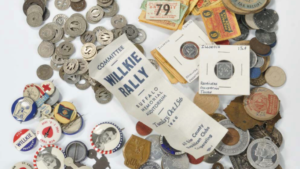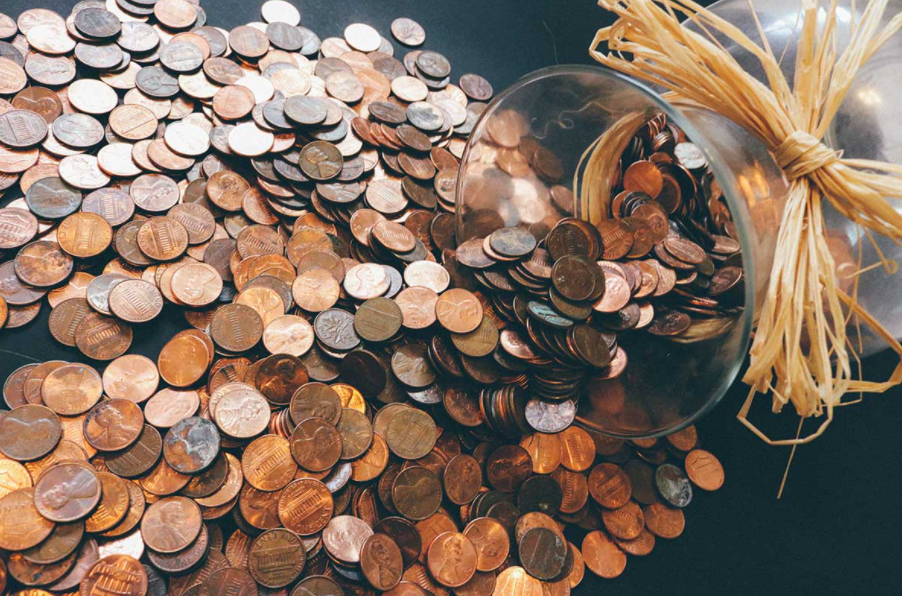Doersam’s Restaurant was a popular place in Columbus, Ohio for many years. It closed down sometime in the 1970’s and had an unusual token design on the back that featured a clock face. The reason this token has a clock on it is because of their signature restaurant entrance, which included a large clock at its front door and inside lobby area.
The tokens were used as tips by customers to show appreciation for good service or as incentives for employees to provide better customer service.
Doersam’s restaurant had many employees, and the tokens were used as tips by customers to show appreciation for good service or as incentives for employees to provide better customer service.

It is interesting that the token has a different design on each side- one side features an image of a woman in profile with her hair up who wears hoop earrings and pendant necklace while holding something like a pitcher. The other side displays the name of their establishment, “Doersams Restaurant”. There are no initials found anywhere on this token which means it was likely produced before 1935 when federal legislation mandated all coins be produced with identifying marks such as mintmarks or initial letters from its designer(s).
The token of an old restaurant clock has a lot more to it than you may first expect. For example, the token we’re looking at today is actually two different varieties: OH-MM-1A and OH-MM-1B. The latter caused considerable confusion for many years as it was listed as “same but canceled” in most early listings with no indication of how that cancelling was performed. In the American Tax Token Society Newsletter issue #86 of September 01, 1994 it was still listed as such with that information coming from Ohio Merchant Tokens by Lipscomb.
In other words, if you’re looking to buy an old restaurant clock token today - make sure it’s not OH-MM-14B unless you want a canceled token! (This is for informational and entertainment purposes only).


